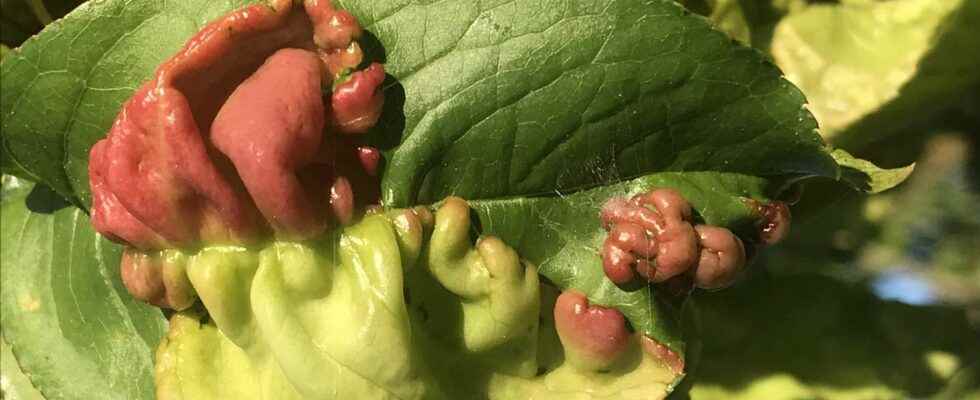A cryptogamic disease, also called fungal disease, is a disease caused by filamentous parasitic fungi in the plant — in the case of an animal, we speak rather of mycosis. This name comes from the old classification of fungi among cryptogamous plants. Cryptogamic diseases represent 90% of plant diseases and affect all species : trees, shrubs, vegetable plantsornamental plants, flowers…
Development and symptoms of fungal diseases
The mushrooms disperse via spores or mycelium present in the soil and penetrate the plant organism through the stomata or the roots. It then develops on fruits, leaves or seedlings, often in the form of spots, and causes wilting, then leaf dieback and root rot. In trees, the disease is most often manifested by drying out of twigs and branches.
Fight against cryptogamic diseases
Cryptogamic diseases cause enormous damage in horticulture, arboriculture, market gardening, vine and forests. Unfortunately, there is no real treatment for a good number of them, except to eliminate the plants or the diseased parts. The prevention requires compliance with good agricultural practices (drainage soil, crop rotation, etc.).
Main cryptogamic diseases
Anthracnose, botrytis or gray rotpeach leaf curl, coryneum or chaffing, entomosporiosis, sooty mold, Fusarium wiltgraphiosis, cabbage clubroot, ash chalarose, melting canker, marsonia, seedling, mildewpowdery mildew, or rot formworkroot rot or armillary, rust, apple scab or pear, verticillium wilt.
You will also be interested
[EN VIDÉO] Little secrets of carnivorous plants Discover the strange habits of the three most famous carnivorous plants. Over time, their ancestors developed fearsomely effective and surprisingly varied traps.
Interested in what you just read?
